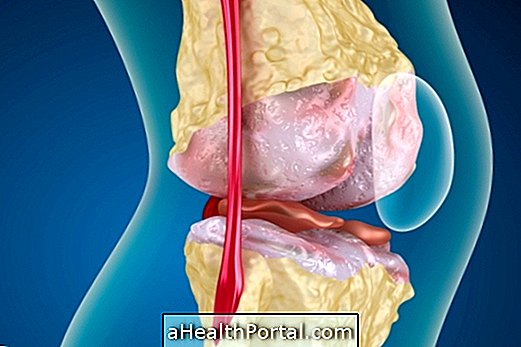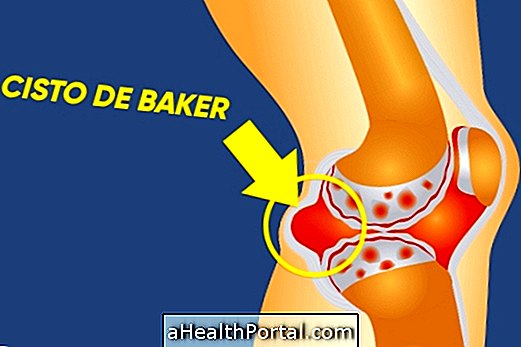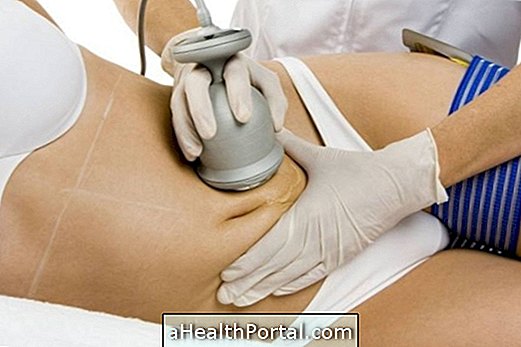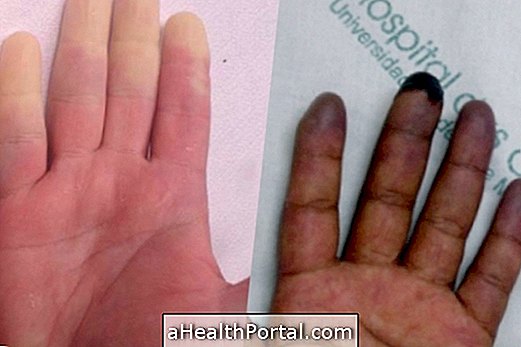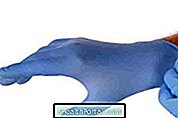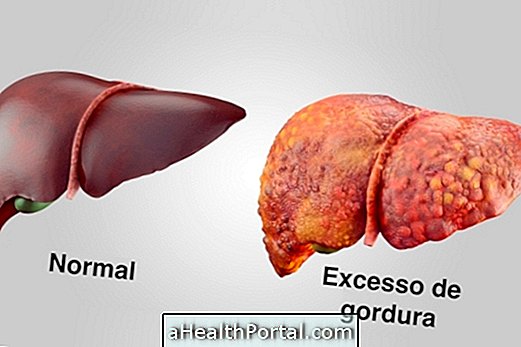The type of bunion surgery is selected according to the person's age and the type of deformation caused by the bunion, however, in most cases it consists of placing the toes in the correct position by scraping excess bone. The new position of the toes can be fixed with the use of screws or application of a prosthesis.
Generally, surgery is done at the orthopedic's office under local anesthesia and therefore it is possible to return home a few hours after the end of surgery.
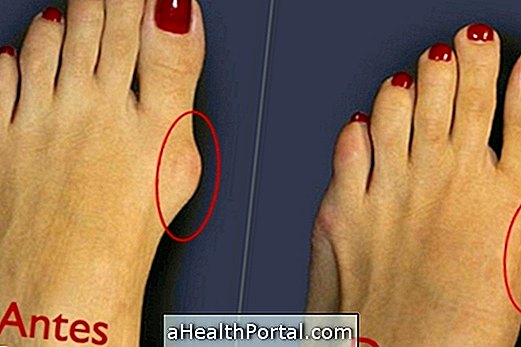
Surgery price
The price of bunion surgery is about 5 thousand reais, but in some cases, surgery can be done by SUS if the bunion prevents the patient from walking.
When to do the surgery
Surgery to treat the bunion is usually done when no other form of treatment has been able to relieve the discomfort and limitations caused by the change in the big toe. Thus, in most cases, surgery is done when:
- Foot pain limits daily activities;
- Chronic enlargement of the big toe;
- There is deformation of the other toes;
- There is difficulty walking;
- You can not bend or straighten your thumb.
This surgery should be avoided when it is done only for aesthetic reasons and there are no symptoms since there is a high risk of constant pain arising after surgery. Thus, it is always recommended to choose other forms of treatment such as the use of orthopedic insoles. Learn other tips to relieve this type of pain.
How is recovery from surgery?

The recovery time of the bunion surgery is very fast and usually, it is already possible to place the foot on the floor the day of the surgery, using a special shoe, as shown in the image. However, care should also be taken to avoid putting too much weight on the foot, keeping the foot elevated for the first 3 to 5 days, and applying cold compresses to reduce swelling and pain. For bathing, it is advisable to put a plastic bag, protecting the foot from the water, in order to avoid wetting the bandages.
In addition, the orthopedist also prescribes analgesic remedies, such as Paracetamol, to reduce postoperative pain, which can also be alleviated with the use of physiotherapy, skin less, twice a week.
During recovery from surgery, one should return to daily activities gradually and be alert for signs of complications, such as fever, severe swelling or severe pain, using the orthopedist. However, to decrease swelling the patient can keep their legs raised or apply ice.
What shoes to choose
During the postoperative it is necessary to use the shoes themselves and recommended by the doctor for at least 2 to 4 weeks. After this period, preference should be given to running shoes or uncomfortable and comfortable shoes.
Possible risks of surgery
The bunion surgery is quite safe, however, like any other surgery there is always some risk of:
- Bleeding;
- Infections on site;
- Nerve damage.
Also, even if the bunion does not come back, there are also some cases where there may be constant finger pain and stiffness, and several physiotherapy sessions may be necessary to improve the outcome.
Watch the following video and see the exercises you can do to keep the bunion from coming back:



